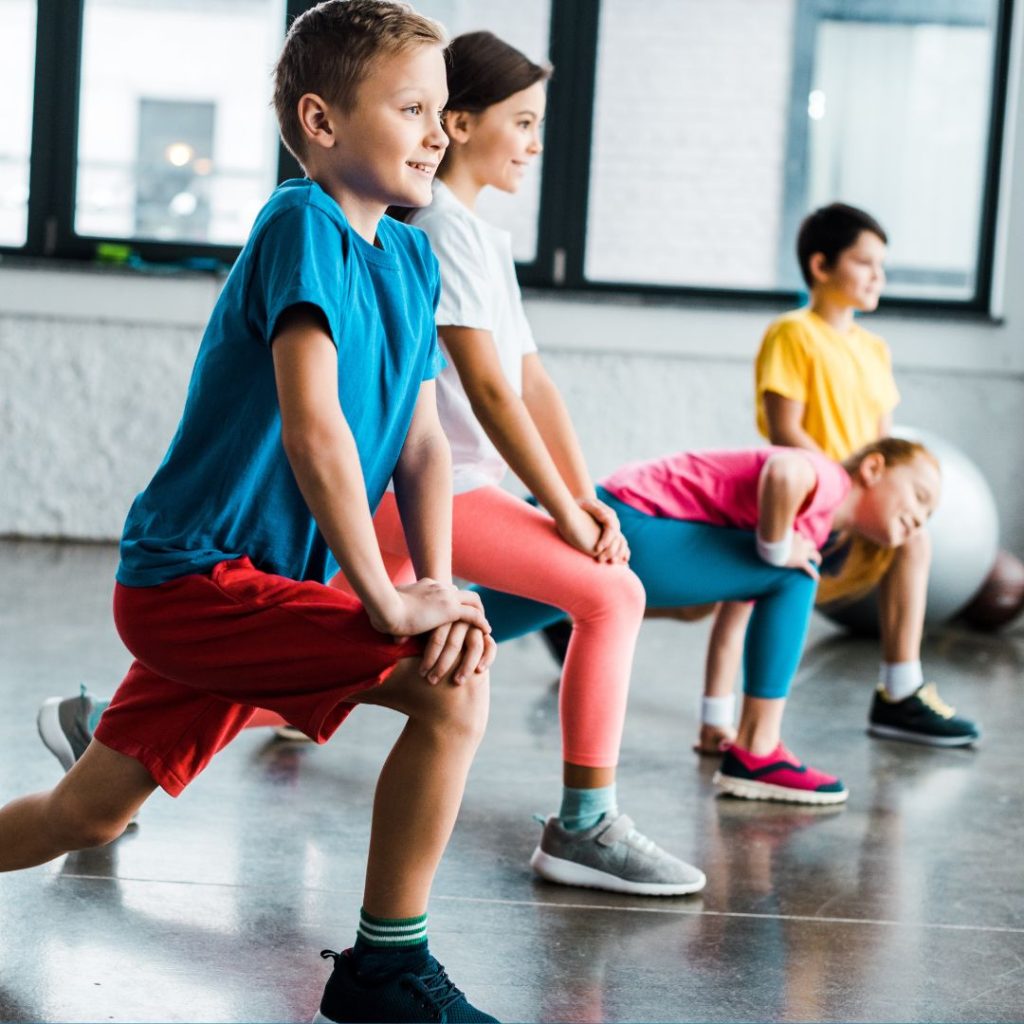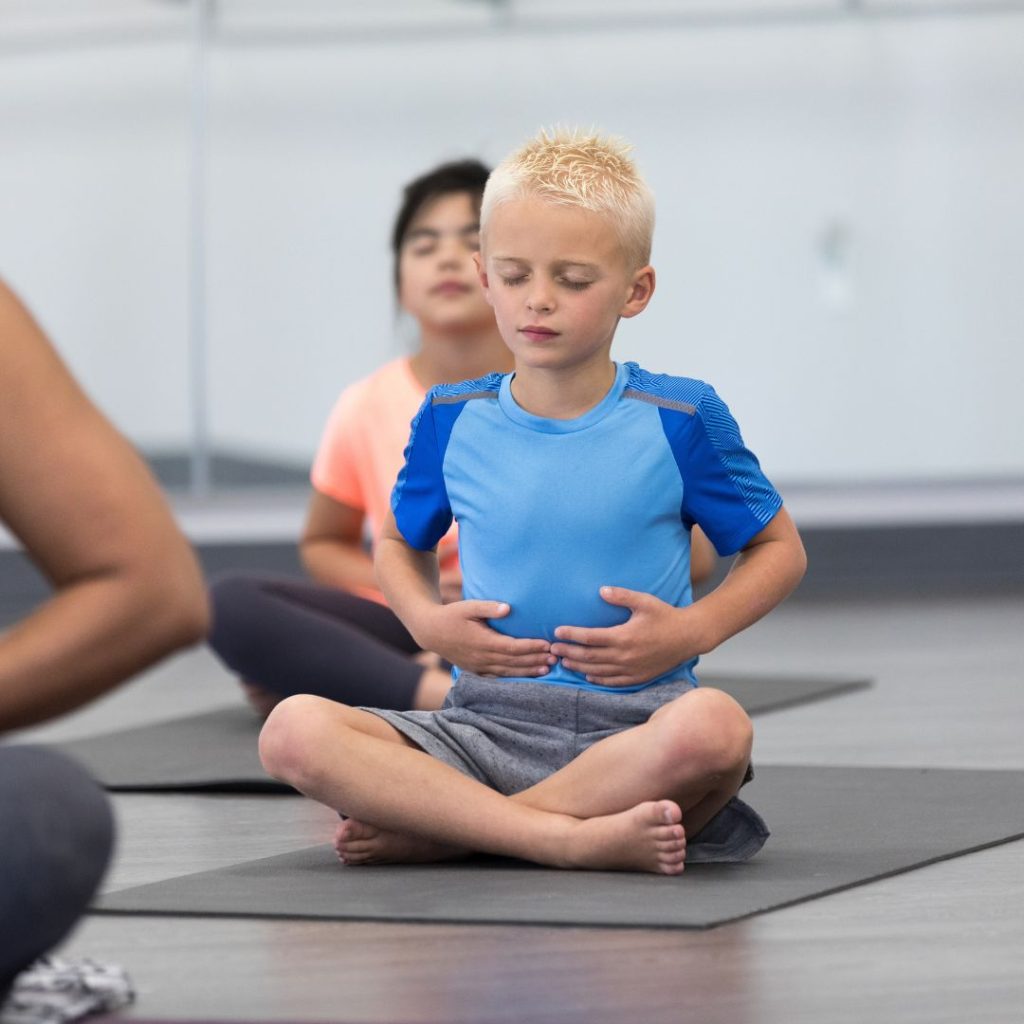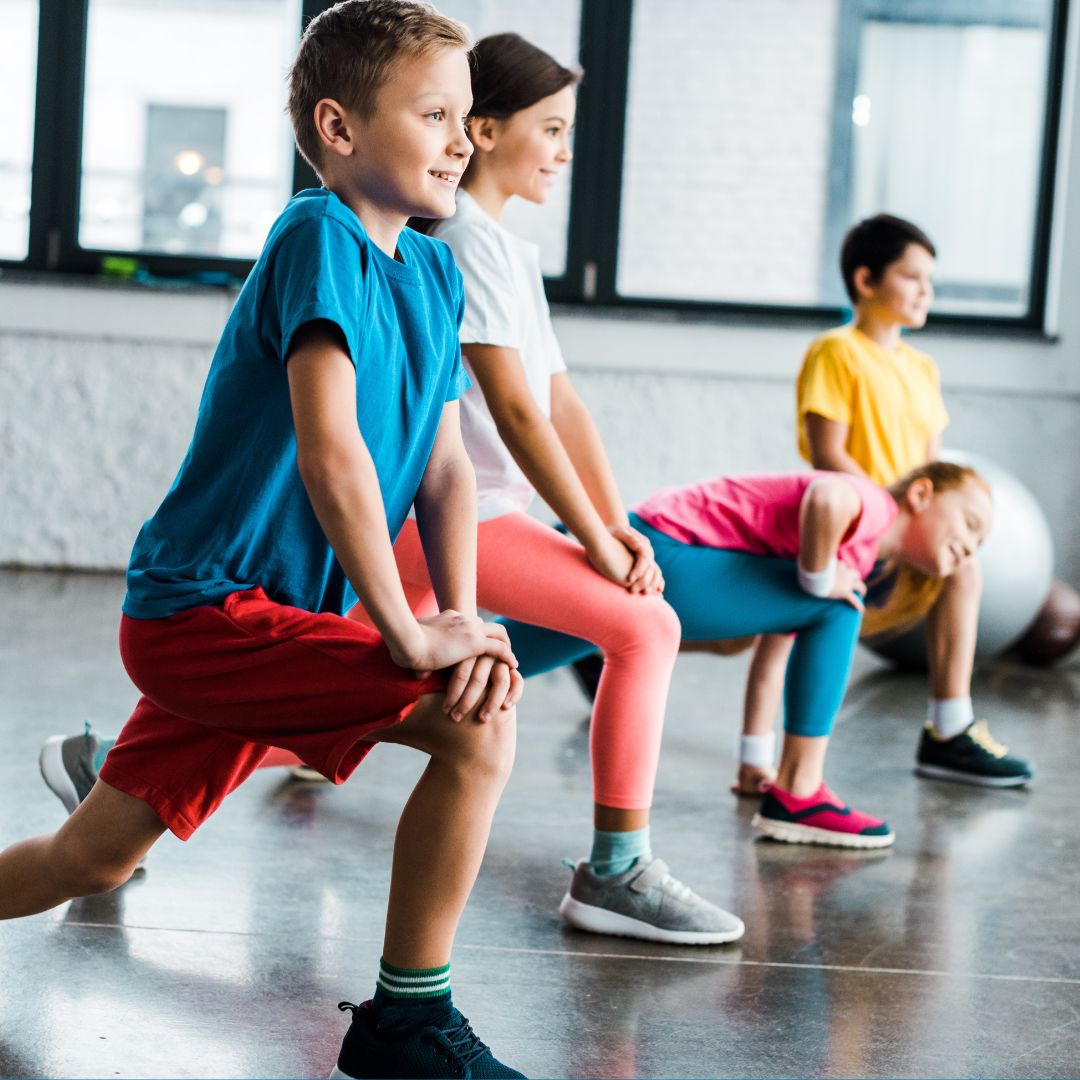
Hands up who has skipped a warmup and simply jumped into the main session — I know I have! But warming up is a vital part to every workout, whether it’s in the water or in the gym. The warmup provides a plethora of benefits in a workout, such as injury prevention, aiding in recovery and improving performance.
This week’s Tuesday Tips post will delve into why warmups are important and what a good warmup should look like.
What are warmups and why are they important?
A warmup is an essential part of your workout, whereby you steadily increase you heart rate. This increases blood flow to working muscles, reducing any tension. This results in increased mobility, allowing your muscles and joints to move freely. This increase in mobility can provide a variety of benefits:
- Mental clarity — Warmups give your brain time to process what you are about to do in your workout, allowing you to better focus on the session
- Reducing injury — Warmups make muscles and tendons more elastic, allowing them to cope with the mechanical stress of exercise
- Improving performance — Across numerous studies, it has been found that warmups can improve performance by up to 79%!
- Breathing easier — As your blood flow is increased, waste products can be removed from muscles more easily, resulting in easier breathing as carbon dioxide is expelled

What does a good warmup look like?
A good warmup prepares the body and mind for physical activity, enhancing performance and reducing the risk of injury. It should be progressive, purposeful, and specific to the activity that follows.
- Gradual increase in intensity: Start with light aerobic movements like jogging or skipping to raise your heart rate, increase blood flow, and warm your muscles. This primes the cardiovascular system and improves joint mobility.
- Dynamic stretching: Incorporate dynamic stretches — such as leg swings, arm circles or torso rotations — to activate key muscle groups and improve range of motion. Unlike static stretching, dynamic movements maintain muscle elasticity and readiness.
- Sport-specific drills: Include movements that mimic the upcoming activity. For swimmers, this might involve shoulder rotations, streamline jumps, or short bursts of kicking. These drills reinforce technique and mentally prepare athletes for performance.
- Neuromuscular activation: Engage the nervous system with short, sharp movements like sprints, jumps, or reaction drills. This improves coordination, speed, and responsiveness.
- Mental focus: A good warmup also sharpens concentration. Visualisation, breathing exercises, and team huddles can help athletes tune in and feel confident.
Final remarks
Skipping your warmup might save a few minutes, but it could cost you in performance, recovery, and injury risk. Whether you’re diving into the pool or hitting the gym, a structured warmup sets the tone for a successful session. So, next time you’re tempted to jump straight in, take a moment to prepare your body and mind. Your muscles will thank you, your breathing will flow easier, and your focus will sharpen.
Mighty Splash offers swimming lessons for all ages. Click here to find out more about the lessons we offer!



